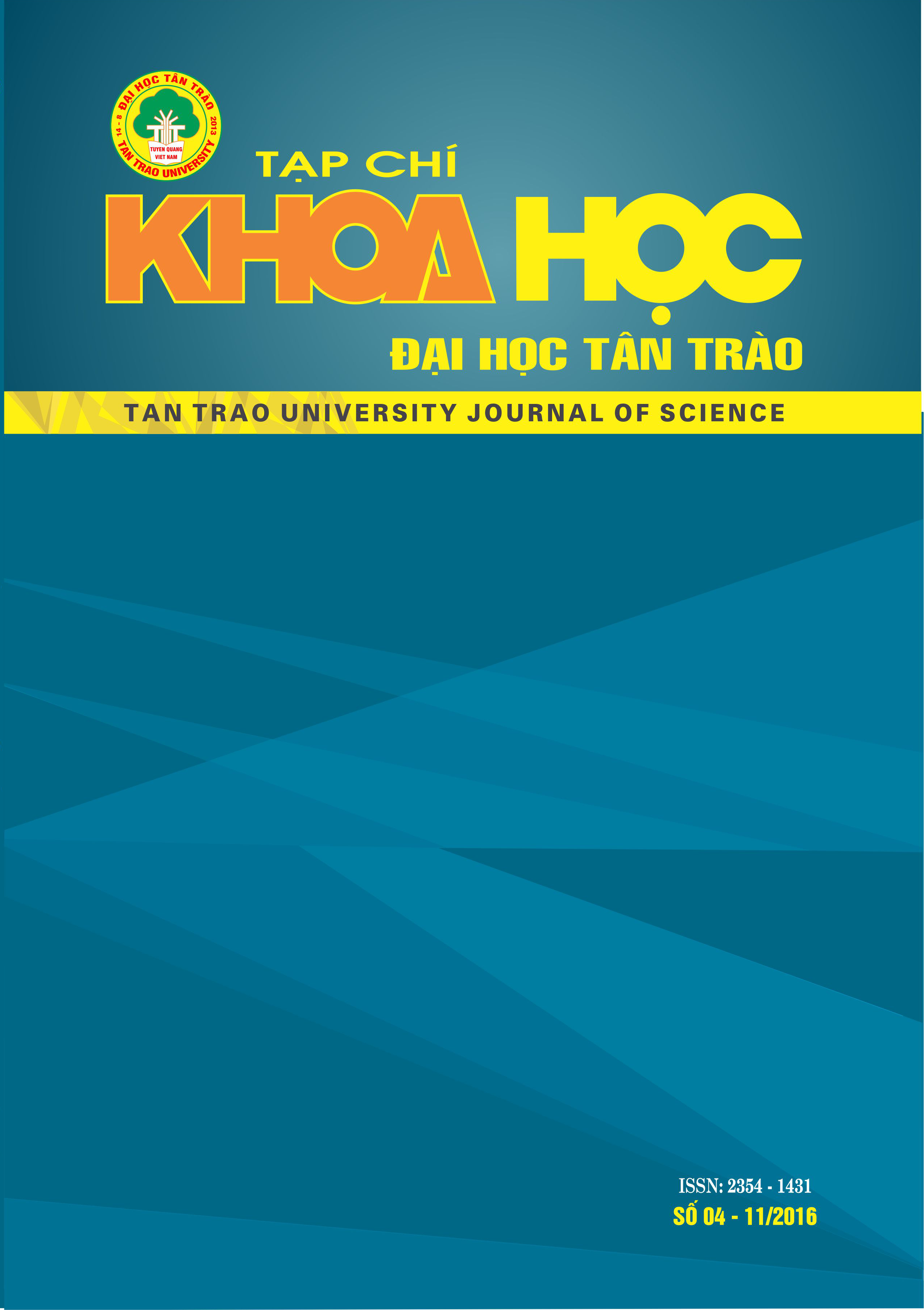Artistic creativities of W. Shakespeare in the context of Renaissant culture
DOI:
https://doi.org/10.51453/2354-1431/2016/126Keywords:
Renaissance; Shakespeare; typification; psychoanalysis; laughter carnavaleAbstract
Together with cultural context of Renaissance, the artistic creativities of Shakespeare bring vitality of that era as shown by the uniquetypification, through love theme and war, between the Good and evil, love and hate, the New growing and the Old dying or between two egos inside an ego under psychoanalytical perspective. The main characters archive to supermodel -archetype - and express the moving of history. Characters are combined both wide-range of realistic life and
psychological depth. The typification of Shakespeare's merchandise is a creation of all in one and one in all. Laugh is created on the secularization of sacred and the deification of normal, is an expansion of the limitation of realityin accordance with the length of time and the width of the
space. Based on that, he affirmed human values under Renaissance era.
Downloads
References
1. Lê Nguyên Cẩn (2014), Tiếp cận văn học từ góc nhìn văn hóa, Nxb Đại học Quốc gia, Hà Nội;
2. Driek Van Der Sterren (1996), Pshanaliza literaturii - Oedip Rege, Editura Trei;
3. Hài kịch Sêchxpia (1995), tập 1, Nxb Văn học, Hà Nội;
4. Tuyển tập kịch Sếcxpia (1995), Nxb Sân khấu, Hà Nộ
Downloads
Published
How to Cite
Issue
Section
License

This work is licensed under a Creative Commons Attribution-ShareAlike 4.0 International License.
All articles published in SJTTU are licensed under a Creative Commons Attribution-ShareAlike 4.0 International (CC BY-SA) license. This means anyone is free to copy, transform, or redistribute articles for any lawful purpose in any medium, provided they give appropriate attribution to the original author(s) and SJTTU, link to the license, indicate if changes were made, and redistribute any derivative work under the same license.
Copyright on articles is retained by the respective author(s), without restrictions. A non-exclusive license is granted to SJTTU to publish the article and identify itself as its original publisher, along with the commercial right to include the article in a hardcopy issue for sale to libraries and individuals.
Although the conditions of the CC BY-SA license don't apply to authors (as the copyright holder of your article, you have no restrictions on your rights), by submitting to SJTTU, authors recognize the rights of readers, and must grant any third party the right to use their article to the extent provided by the license.





